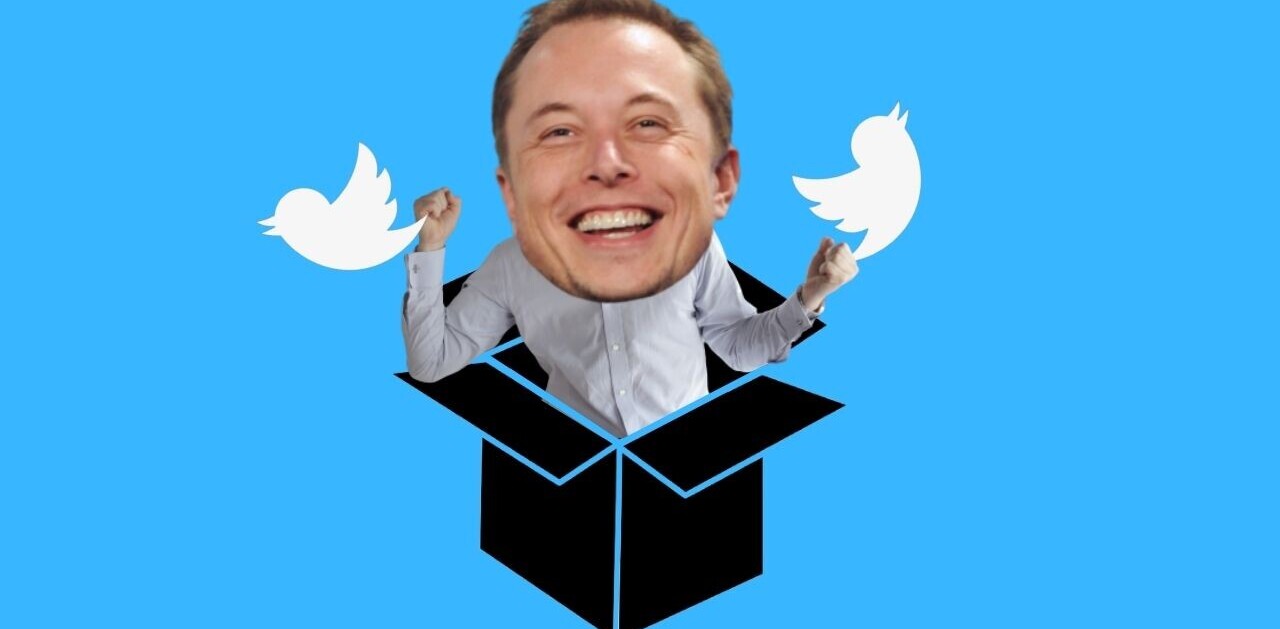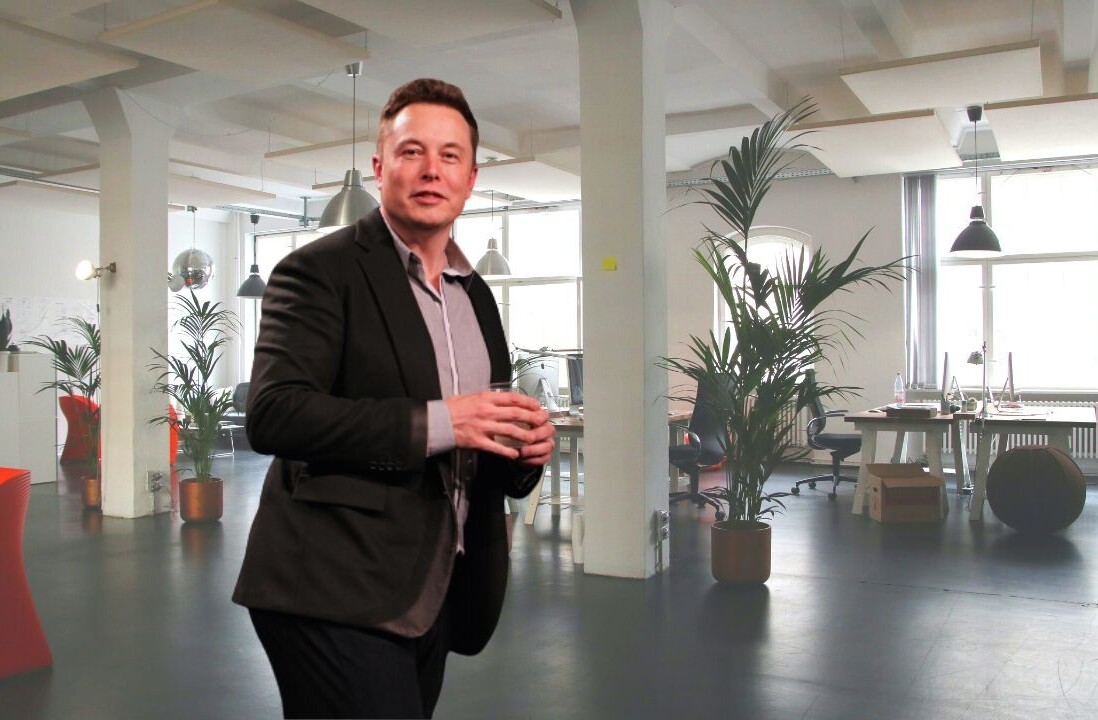
At the end of 2016, Twitter CEO Jack Dorsey asked users to share their ideas for how the platform could be improved. One of the biggest requests was improving the way Twitter handled reports of abuse and harassment. But I believe people are fooling themselves if they think advanced tech or new features can fix Twitter for them.
Today, the company’s vice president of engineering, Ed Ho, said that the company is working to address that, and will introduce changes to its systems for blocking abusers, as well as preventing them from creating new accounts to continue their tirades.
We heard you, we didn't move fast enough last year; now we're thinking about progress in days and hours not weeks and months.
— Ed Ho (@mrdonut) January 31, 2017
Twitter has acknowledged in the past that it’s terrible at dealing with abuse, and its failure has cost it numerous high-profile users in recent times.
Read this excellent piece by BuzzFeed News and you’ll get an idea of just how difficult and complicated the processes are for a company to enforce and evolve policies for tackling harassment. Between the legal complications, difficult decisions for leaders of a fledgling company to make and the moral and ethical challenges in censoring free speech, there’s more to making Twitter safe than just wanting to ban trolls.
I’m of the opinion that Twitter can’t ever be completely ‘fixed’. There’s a lot that the company can do to deter bad behavior and encourage the use of its platform in ways that conform to its code of conduct, but at the end of the day, it’s a reflection of the state of our societies and of human beings as a species, making (mostly bad) decisions about how we behave.
However you spin it, Twitter is essentially a broadcasting service. The power to publish an idea with your name on it comes with the knock-on effect of inviting comments – and not all of it is going to be complimentary.
That’s not Twitter’s fault, that’s people being people, doing what they will do when granted access to a tool to voice their opinions and articulate their emotional responses.
Furthermore, Twitter isn’t a community. By design, the platform invites people from every walk of life and domain of interest to say what’s on their mind, and that includes the best and worst members of our societies. It isn’t designed to change the way people act when they encounter an idea or message that they don’t agree with.
With all the brilliant commentary, enthusiastic positivity and amazing ideas that are shared on Twitter, come all the vile, hurtful thoughts and feelings that humans have and want to inflict on each other.
As Anne Collier, executive director of the Net Safety Collaborative anti-cyberbullying nonprofit and a member of Twitter’s Trust & Safety Council, told the Wall Street Journal last year, Twitter is constantly looking for a balance between protecting users and enabling free speech – just like every other social network out there.
As a company, Twitter can certainly get better at addressing reports of abuse and being more transparent about how it handles them; it can offer users more tools to avoid content they’d rather not encounter. But conceptually, if you’re looking for a safe space, Twitter isn’t for you.
There are other options available that are presently better at restricting who your posts are shared with and who can communicate with you. Twitter won’t be a better place until we as a species are better to each other.
Get the TNW newsletter
Get the most important tech news in your inbox each week.





